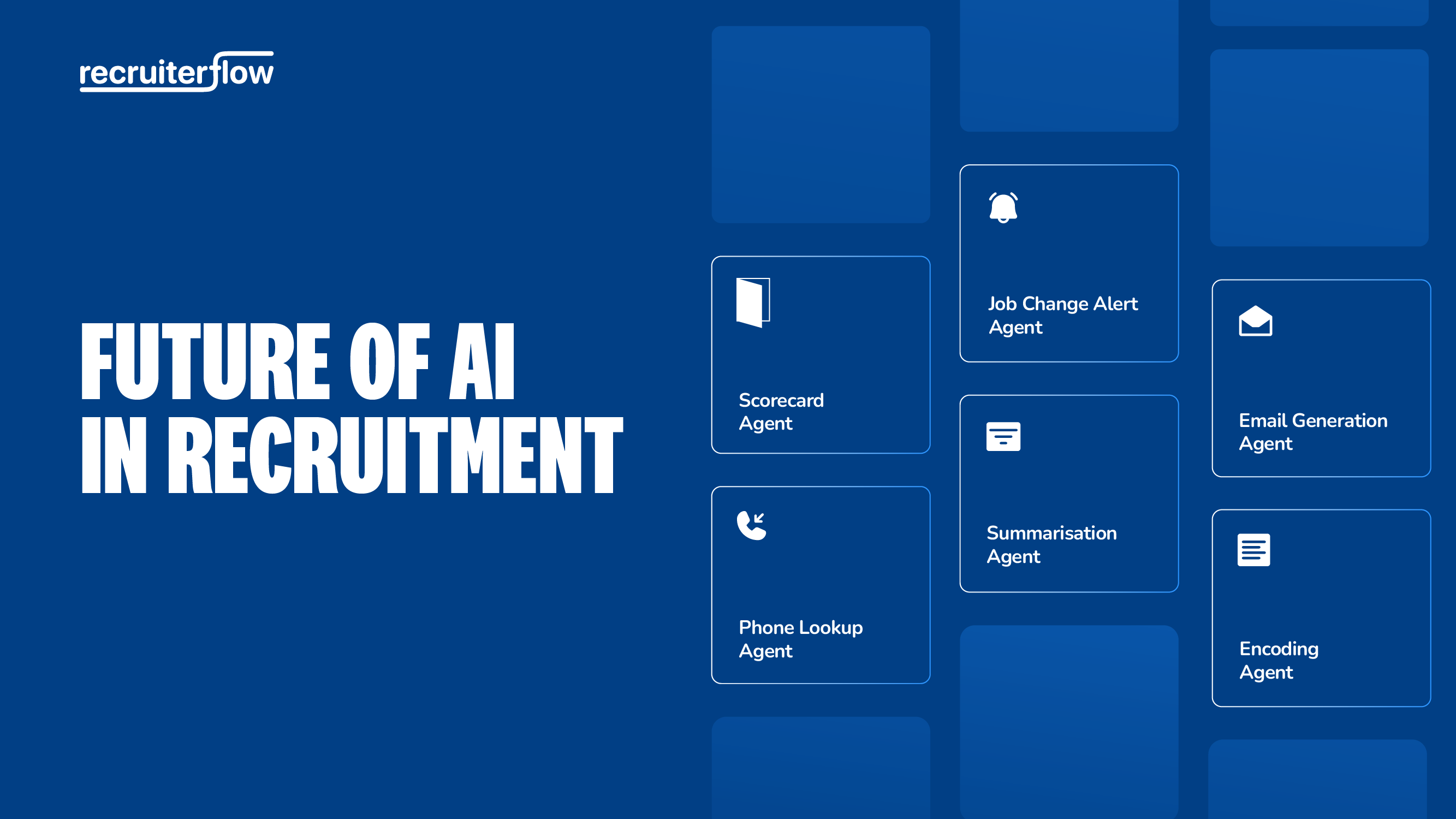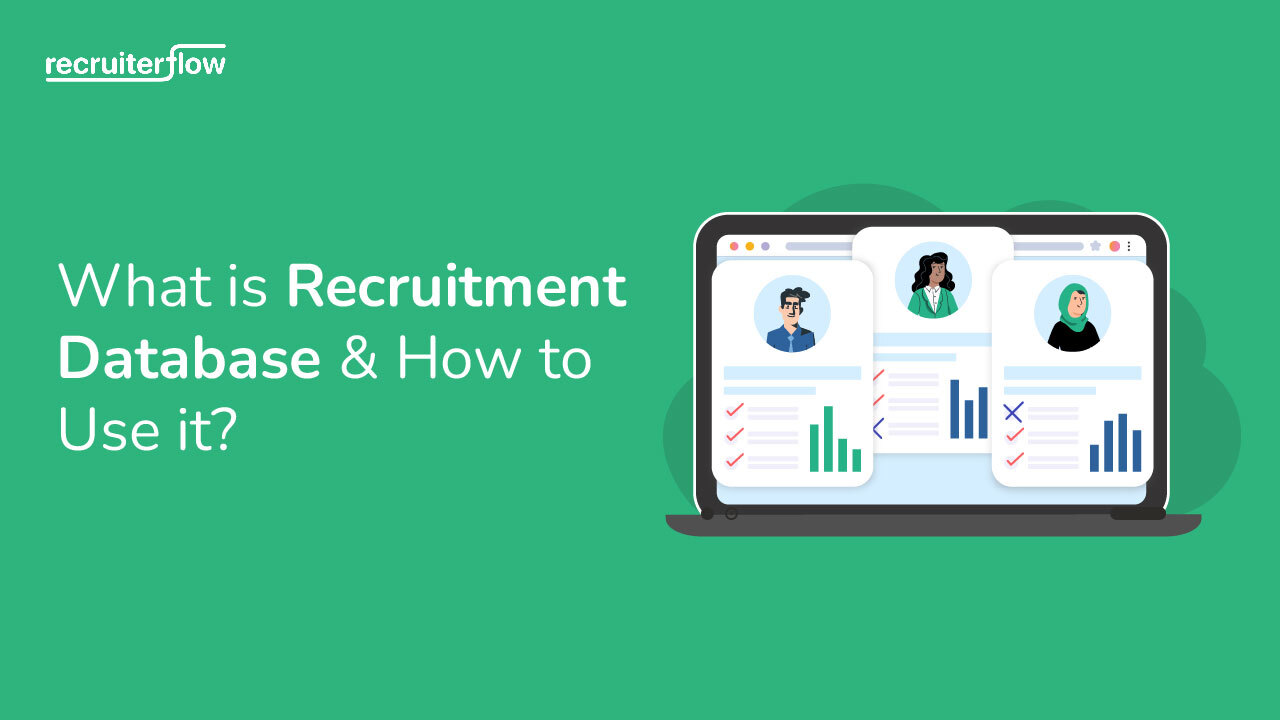
How to Develop a Data-Driven Recruiting Strategy

Data today is what oil was in the 18th century. Data is present in an enormous amount and those who are able to extract it meaningfully can reap a huge reward. The same applies to recruitment as well. The massive amount of data being collected in recruitment and related processes when used correctly can help organizations decrease cost-per-hire and time-to-hire. As an organization, you need a data-driven recruiting process up and running yesterday itself!
What exactly is data-driven recruiting?
In the 1990s, internet hit the recruitment head-on and changed the way we recruit for the better. It was the time when online job portals came into existence, which gave candidates an easy way to apply to companies and companies could get access to a large pool of candidates. There hasn’t been much change ever since. More than 23 years later (indeed got started in 1994!) a lot has changed and a whole lot has not. The emergence of newer mediums of communications has changed the way we recruit and in its wake, generated a tremendous amount of data.
A vast amount of data is present and is generated every day around recruitment, be it during the application process, screening, communication, or review. Organizations need to implement data-driven recruitment strategies as they can always be tested, measured and improved. With the emergence of newer mediums of communications, such as streaming data platform, the way we recruit has evolved and in its wake, generated a tremendous amount of data.
However, you also need to make sure what data and analytics can do and what they cannot do. As per HBR, a number of organizations are trying to automate the screening process but it also possesses the threat of making a bad hire, or more importantly, missing on a great hire. Various studies have already concluded that prior experience and resume have no or very limited impact on a candidate’s performance after joining. So, the job of the data should be to figure out most effectively the leading indicators of a candidate’s success at your organization.

How do you move towards making recruitment data-driven?
Log everything
Data-driven decisions are effective only if data is logged religiously by the user. An incomplete logged data set only gives you an incomplete picture. Decisions based on such data are generally not accurate. To improve decision accuracy, companies need to learn how to web scrape without getting blocked to gather external insights such as competitor hiring trends and candidate availability. Additionally, all the actions, including communication, reviews, touchpoints, and changes, should be logged so that the system has a holistic view of the recruitment process.
Automate data capture
Many systems like Prosperworks (in sales) and Recruiterflow (in recruitment) offer a two-way sync with your email. This ensures that you don’t have to spend hours logging data. Data such as email, calendar invites, calls, SMS, and Internal communications should be captured automatically with an ELT data integration process. This is similar to inventory management systems that automate the tracking of stock levels, orders, and deliveries. An organization can save 20% of their time which is generally spent on logging data into the system if they log it automatically, much like how automated inventory management saves time and reduces errors in supply chain operations.
Automate communication
Customer data platform Segment did an A/B test where one of the Sales Development Representatives was asked to send manual emails to prospects for 6 months. On the other hand, emails were also automatically sent by the system at the same time. Surprisingly automated emails had both better volume and efficiency. The open rate was as high as 55% and the reply rate was close to 13% for automated emails. When it comes to recruitment, organizations can automate all the outbound emails sent to candidates while sourcing. Leveraging a data catalog can further enhance this process by organizing and managing information, making it easier to personalize communication. The system can personalize the message and will be on autopilot based on rules unless some candidate replies. This not only saves recruiters time but immensely helps your sourcing efforts. If end-to-end automation is something that you’re serious about – check out Breakout, a workflow recruiting automation software.
Scorecards
All the stages in the screening process should have a scorecard corresponding to them. Candidates should be marked objectively against various relevant skills and binary decisions (yes/no) should be made for the stage. Detailed notes for the stage should be maintained to dig deeper. After a certain stage organizations can also calibrate ratings given by various interviewers to remove interviewer bias. Skills should also be rated on an objective 5/10 point scale.
Measure hiring speed
Most organizations never move beyond funnel metrics when it comes to recruitment. However, hiring speed is much more helpful when it comes to finding bottlenecks in your recruitment process and forecasting talent supply. The number of days a candidate spends in a stage for a job is calculated across candidates. It helps you identify where candidates are stuck the most so as to allocate resources. It increases your hiring speed. This data is also helpful to forecast when you will be able to close a particular position. It gives you an inside view of the hiring pipeline.
Source Quality
Sourcing candidates involves multiple channels. How many candidates does a channel provide or how many hires are made from one channel, gives you an incomplete picture? Say vendor A gives you 10 candidates, 9 of them are rejected in the first round and 1 is selected. On the other hand vendor, B gives you 9 candidates, out of which 4 were rejected in the final stage and 1 was selected. Vendor A gave more candidates and the number of hires was the same for both the vendors. Still whom you would rate better? Vendor B any day. Source quality should be measured along two parameters, the number of candidates and the quality of candidates. Calculating source quality can be complicated without using a system (or at least Excel) but it helps you increase your efficiency and decrease cost per hire. You need to define the contribution of each stage in the recruitment funnel to candidate quality based on your historical data. Say if a job has 5 stages you can start initially by giving each stage a value of 20%, however as you have more data about stage qualification and disqualification you can re-calibrate the distribution across stages.
Follow structured interview process
The ultimate panacea for the recruitment process is unearthing the leading indicators of a candidate’s success in the interview process. In order for the data to give you the right kind of insights, you need to generate the right kind of data first and a structured interview process is the best way to get there. You can tie the recruitment data to the actual performance data of the hired candidates and see what are characteristics high performers share in their recruitment process. A structured interview process is your first step towards this goal.
Also, check 5 Reasons You Need a CRM For Recruitment
May the force (of data) be with you!

Use Recruiterflow to source candidates with super personalized drip email campaigns that convert 2.3X better.
Get Started for Free.






1 Comment
Lokesh Agrawal
U have structured interveiwing process in ur software?